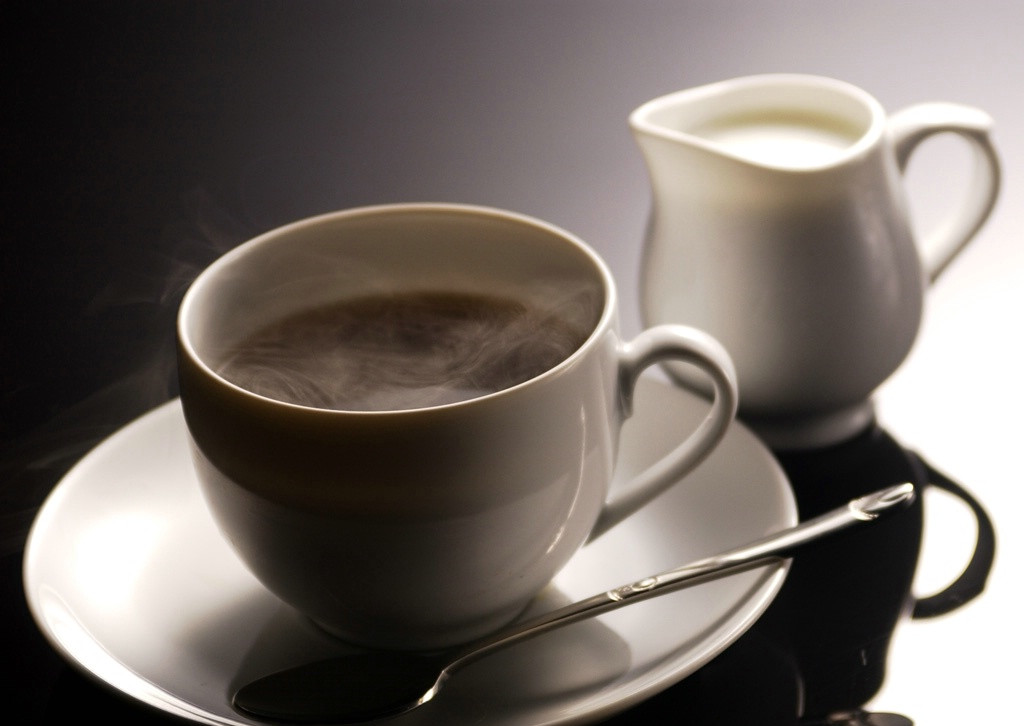Drink less coffee to keep warm 12 tips for keeping warm in winter
two。 Cut down on caffeine. Eddie Charona, an expert in vascular surgery at Lewisham General Hospital in the UK, said that caffeine has the effect of dilating blood vessels, making it difficult for blood vessels to contract naturally in cold conditions, causing heat loss in the body and making people feel colder. Decaffeinated hot drinks such as ginger tea are more effective in keeping warm and more suitable for winter.
3. Don't put your hands in your pocket. Tim Hachev, an expert at the British Chiropractic Association, said that instead of putting your hands in your pockets when walking in winter, you should wear gloves and shake your arms so that you can move your arm muscles, improve the blood flow of your arms and hands, make the body warm and keep warm.
4. Drink plenty of soy milk. Dr. Sarah Sink, a nutritionist at the British Dietetic Association, said that eating protein can significantly increase body temperature compared to carbohydrates or fat. It is recommended to have a cup of soy milk for breakfast and eat some nuts and yogurt.

Drink less coffee to keep warm 12 tips for keeping warm in winter
5. The hat should cover the ears. Dr Andrew Camille, an expert in otorhinolaryngology at the university of south Manchester hospital in the UK, said that head heat accounted for 30 per cent of body heat dissipation. It is best to choose a hat that can cover the ears, because although the ears are thin, they have a large surface area and are easier to dissipate heat.
6. Wiggle your toes before getting up. Sammy Margo, a British physiotherapist, recommends moving your toes up and down 20 times before getting up, then using your feet to draw circles to move your ankles, 10 times in both directions, and tightening and relaxing your thighs 10 times. This allows your body to move so that you don't feel too cold when you get out of bed.
7. Use a moisturizer. British dermatologist Dr Anshaw Sahota advises people with eczema or dermatitis to pay more attention to moisturizing in cold weather. Because inflammation in the dermatitis site accelerates epidermal blood flow, resulting in more heat loss in the body.
8. Put your shoes by the radiator. In cold weather, most of the blood is transported to the vital organs, but less on the hands and feet. British podiatrist Mike O'Neill said that feet are like thermos, as long as they are cold at the beginning, they will always be cold. Therefore, it is best to warm your shoes by the radiator before wearing them.
9. Wear a little vest. Wearing a warm vest or belt can help maintain body temperature in the core area of the body, reduce heat dissipation and keep the body warm, Charona said.
10. In a rocking chair. Sitting for a long time can lead to a drop in body temperature. It is suggested that you might as well choose a rocking chair when sitting, which will help to move the muscles of the arms and thighs, promote blood circulation and generate more heat.
11. Don't stay at home all the time. A study from the University of Toronto in Canada found that people who like to socialize are less afraid of the cold. Instead of "hibernating" at home, it is better to go out and communicate with friends, which can increase the sense of warmth, enhance the positive mood and drive away the cold.
twelve。 Remember the happy past. A study by the University of Southampton in the UK has found that recalling happy memories can recreate the physical comfort of the past, making people feel warmer and more resistant to cold.
Important Notice :
前街咖啡 FrontStreet Coffee has moved to new addredd:
FrontStreet Coffee Address: 315,Donghua East Road,GuangZhou
Tel:020 38364473
- Prev

Coffee diet doubles the weight loss effect of choosing the right time and method
[guide] you may already know that drinking coffee can help you lose weight, but do you know how to really achieve the effect of losing weight? Drink coffee to lose weight need a reasonable way, remember to eat too much blindly, otherwise not only can not lose weight, but also may gain weight! Come and see if your coffee diet is right.
- Next

The five functions of inventory coffee will tell you about coffee.
[introduction] A cup of coffee, a meeting, and several plans have almost become the norm of life for many white-collar workers. With the opening up of society, coffee has been accepted by more and more Chinese people, and it is no longer just a refreshing tool, but more, it has become an attitude towards life. The editor has collected hot topics about coffee and told you about coffee.
Related
- Beginners will see the "Coffee pull flower" guide!
- What is the difference between ice blog purified milk and ordinary milk coffee?
- Why is the Philippines the largest producer of crops in Liberia?
- For coffee extraction, should the fine powder be retained?
- How does extracted espresso fill pressed powder? How much strength does it take to press the powder?
- How to make jasmine cold extract coffee? Is the jasmine + latte good?
- Will this little toy really make the coffee taste better? How does Lily Drip affect coffee extraction?
- Will the action of slapping the filter cup also affect coffee extraction?
- What's the difference between powder-to-water ratio and powder-to-liquid ratio?
- What is the Ethiopian local species? What does it have to do with Heirloom native species?

